Whatever happened to curiosity-driven research aimed at the creation of fundamental knowledge without the need for immediate application?


Whatever happened to curiosity-driven research aimed at the creation of fundamental knowledge without the need for immediate application?
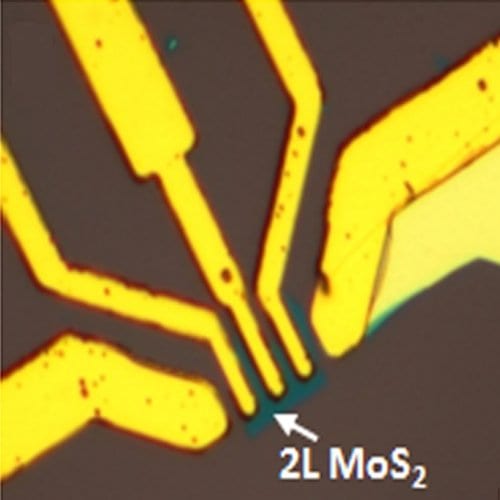
Nitric oxide detectors made of two to four layers of MoS2 incorporated into a field-effect transistor outperform a single-layered device.
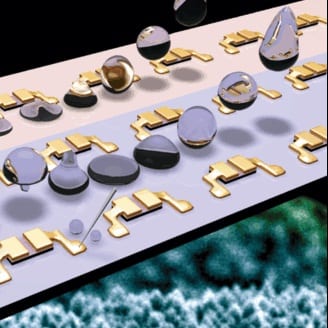
The development of nanostructured ZnO components for devices could lead to inherently waterproof electronic devices.
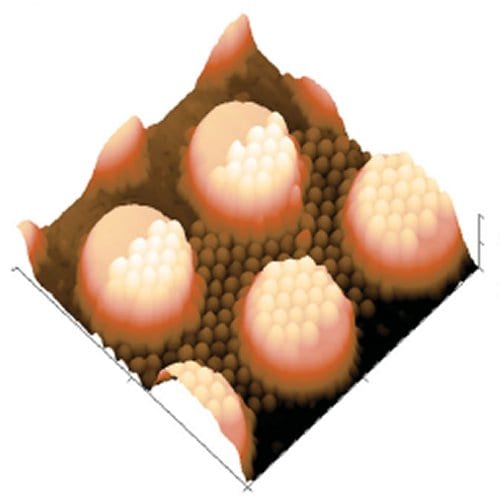
Nanosized features can easily be printed accurately onto an already patterned surface, using a new technique called nanoimprinting by melt processing.
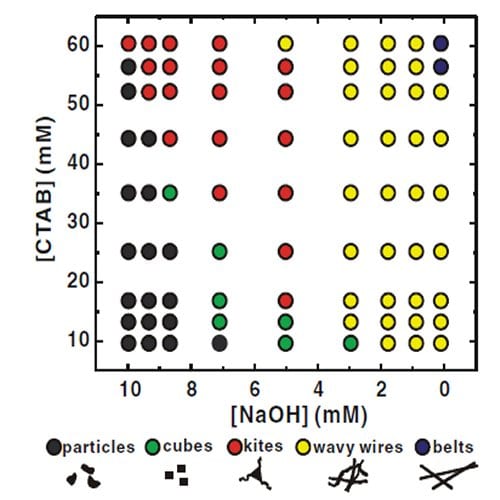
Making exactly the noble metal nanostructure you want is now much simpler, thanks to a microfluidic array developed by US and Chinese researchers.
How do you stick a label on something as small as a cell? Cell-labeling techniques are explained, and the use of polymer-coated nanoparticles as environment-sensitive cell labels is demonstrated by scientists in Germany and Australia.
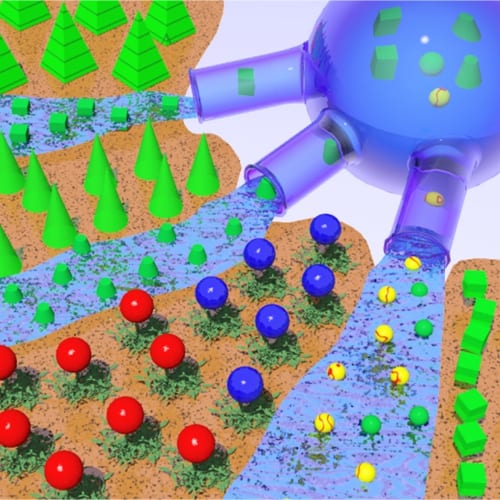
Professor Geoffrey Ozin discusses the safe and responsible development, production, use, transportation, and disposal of nanoparticles in existing or emerging nanotechnologies.
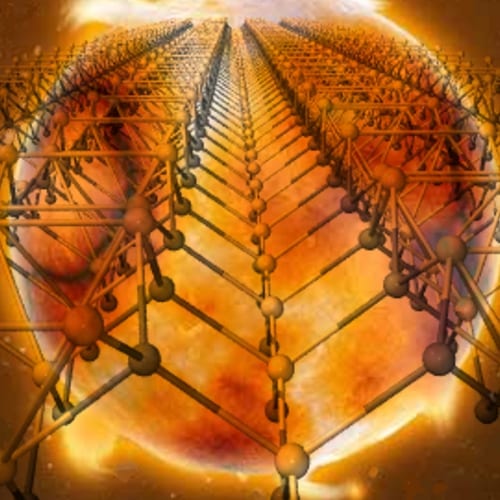
Molecular dynamics methods are wedded to tight-binding density functional theory to produce FIREBALL: a powerful computer code which allows for efficient, predictive simulations of the dynamics of mesoscale systems.
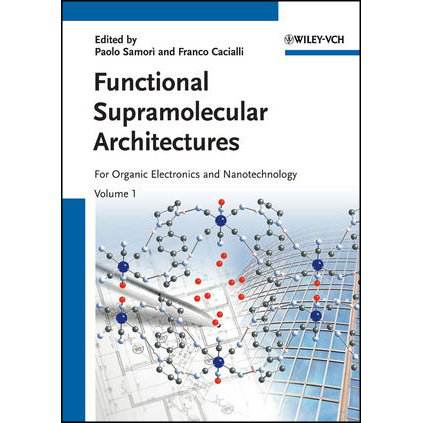
Professor Maurizio Prato reviews the new book, Functional Supramolecular Architectures: for Organic Electronics and Nanotechnology.

A nanoparticle-based nerve agent detector is developed by researchers in Korea